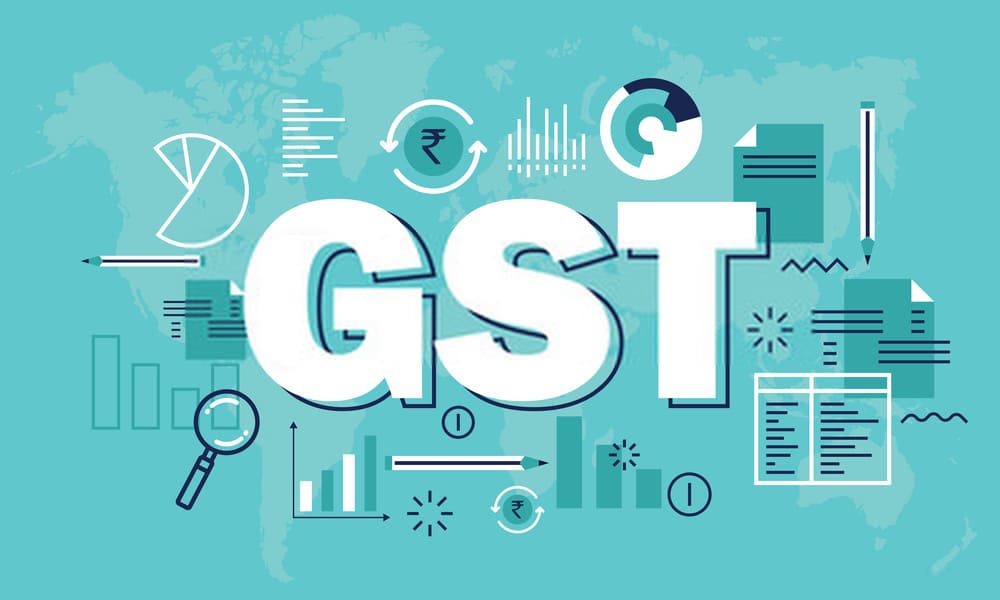The country is eagerly waiting for the unveiling of Goods and Service Tax in April 2011. The Central Excise Act which is as old as 1944 will merge with the Service Tax introduced in 1994 and they will be reborn in the form of GST. The Government proposes to merge all Central Taxes and to begin with it recommends that Central Excise duty, Additional Excise duties, The Excise duty levied under the Medicinal and Toiletries Preparation Act, Service Tax, Additional Customs duty, commonly known as countervailing duty (CVD), Special Additional duty of Customs (SAD), Surcharges and Cesses may all be subsumed under the Goods and Service Tax. Apart from this, State Taxes and levies including VAT / Sales Tax, Entertainment Tax (unless it is levied by the local bodies), Luxury Tax, Taxes on lottery, betting and gambling, State Cesses and Surcharges in so far as they relate to supply of goods and services and Entry Tax not in lieu of octroi should also be subsumed in the GST. Thus there is going to be a Dual Tax system, one for the State (SGST) and other for the Centre (CGST). This is where the fundamental issue of co-ordination between the State -Centre administration will have to be addressed. In a country where the phrase unity among diversity falls flat on its face, when it comes to the ruling party in the Centre and State; where the diverse ideology and area of interest, vested or otherwise, have a larger role to play than long term future of the country; where Centre –State revenue sharing at stake has far more implication than overall GDP growth, the road ahead in not free from Hurdles. Mocking the other countries having GST will be of no help, as ground conditions here are far different than those in the Western hemisphere. One has to ensure that the GST model would be easily implementable, while being generally acceptable to stakeholders. It is the proper implementation and smooth transition from the prevailing system, both at the State level and Centre, that is going to be a challenge to the policy makers on this Road Less Travelled.
The major area of concern is formulating and implementing an appropriate mechanism that will be binding on both the Centre and the States. The same needs to be worked out whereby the harmonious rate structure along with the need for further modification could be upheld. The Ministry of Finance strongly feels that if necessary, the same may be done with a collectively agreed Constitutional Amendment. As this dual GST model would be implemented through multiple statutes (one for CGST and a SGST statute for every state), the inter State co-ordination needs to be addressed to keep aside all political differences as there should be a common base for taxation between Centre and States. It’s a litmus test for politicians across all sections of this peninsula.
With the invent of GST, the inter State transactions and the input tax credit are also to be addressed. The Government recommendation that taxes paid against the Central GST shall be allowed to be taken as input tax credit (ITC) for the Central GST and could be utilized only against the payment of Central GST may turnout to be an area of contention in times to come. The Government has proposed to introduce IGST on inter-State transactions, however the Central Government feels that IGST should be levied by the Centre. The scope of IGST Model is that Centre would levy IGST which would be CGST plus SGST on all inter-State transactions of taxable goods and services with appropriate provision for consignment or stock transfer of goods and services. The inter-State seller will pay IGST on value addition after adjusting available credit of IGST, CGST, and SGST on his purchases. Apart from this, the Central Government has recommended that even the SGST on imports should also be levied and collected by the Centre. Levy of GST on imports may be handled by Centre through a Central legislation either as a customs duty (as is being done now) or along the lines of IGST. SGST collected by Centre may be passed on to concerned State following the destination principle. Taxation of import of services may be on the basis of reverse charge model, as is being done at present. Further, the rules for taking and utilization of Credit for the Central GST and the State GST would be aligned. The GST is proposed to be levied on imports with necessary Constitutional Amendments. Both CGST and SGST will be levied on import of goods and services into the country. The incidence of tax will follow the destination principle and the SGST amount will accrue to the State where the imported goods and services are consumed. Full and complete set-off will be available on the GST paid on import on goods and services. As a part of the exercise on drafting of legislation, rules and procedures for the administration of CGST and SGST, specific provisions will also be made to the issues of dispute resolution and advance ruling.
At present, the State of IT Infrastructure in the Centre and the State is not capable of supporting the voluminous work which will be generated on introduction of the Dual GST system. The entire IT machinery needs to be upgraded and that is a mammoth task. GST cannot be a reality without proper advanced IT network and infrastructure. ACES introduced by the Central Excise and Service Tax department has been far from successful. The Industry and trade has time and again expressed their displeasure with the existing IT system which has yet not been able to replace the age old Dak system and prevailing Babuism. The State and Centre need to tread the path with synergy and synchronized stride. The Road ahead is a Road less travelled.
